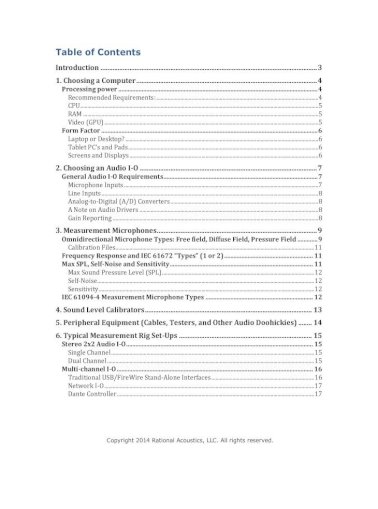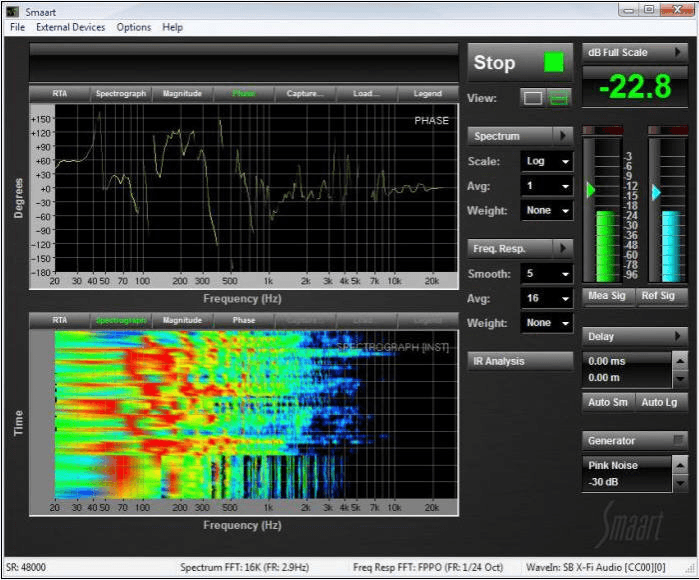

- #Smaart 7 calibrtion files how to
- #Smaart 7 calibrtion files driver
- #Smaart 7 calibrtion files full
- #Smaart 7 calibrtion files free

Correction from data-sheet is definitely not enough. Will look deeper into this Compensation file based on frequency graph from post Checked my microphone and looks similar to one from 1. I have just tried a very rough and coarse compensation based on the frequency graph in your first post on a measurement I made lately, and the result looks a lot more plausible.

Arta compensates in the opposite direction lowers the HF output shown in the frequency response graph. The tolerance field is relatively wide, so for precise measurements one would need a individual calibration file.Īttached Images dbxcal. I do have a RTA-M which should be the same mic sold separately.Īttached is a spec sheet by AV Leader, the actual maker. Toggle Sliding Bar Area.DBX rta M2 condenser mic. Performance Known for its reliable performance, the M23 delivers unparalleled audio results at an affordable cost. The M23 is my daily, go-to measurement mic, for fast and accurate PA and room tuning.
#Smaart 7 calibrtion files free
Every M23 is individually hand-tuned and tested and is delivered with its own printed frequency response chart.Īn Electronic Calibration File ECF is generated for each microphone during final testing, and can be downloaded free of charge after product registration. Immune to most temperature and atmospheric fluctuations, the M23 delivers reliable and repeatable results in any environment. It has a flat frequency response that extends from 3Hz to 23kHz, an exceptionally consistent omnidirectional polar response, dB SPL rating without distortion and no handling noise. Known for its reliable performance, the M23 delivers unparalleled audio results at an affordable cost. The M30 is a precision engineered 23kHz omnidirectional measurement microphone ideally suited for acoustical measurements including loudspeaker design and quality control, sound system setup and troubleshooting, room acoustics, or any application where an accurate free-field measurement microphone is required. Equalisation practice.It has a flat frequency response, fast impulse response and exceptional polar characteristics.
#Smaart 7 calibrtion files full
Full system level & time alignment (mains, subs, delays etc.) – if in suitable equipped venue Session 19 options (advanced measurement session discussions) Advanced system measurements – polar vs complex averaging, MTW vs fixed FFT size etc. Data window types Magnitude average types

If time available at the end of the official 2- day itinerary. Room analysis – reverberation & intelligibility measurementsĮxtras. Introduction to acoustical analysis, reverberation, intelligibility Case study – investigating stage sound anomalies using dual microphone techniques Longer FFT time constant + smoothing – measuring in windy conditions Line array consideration, long-throw propagation, air absorption Outdoor considerations – temperature and wind gradient Comparing mics, comparing listening positions & system propagation (Dual mic techniques for room analysis will be covered later) Far-field measurement, coverage, improving intelligibility Stereo matching – matching eq, fine placement adjustments Multiple microphones – trace averaging Lines on the screen vs ear-brain perception -Short break. A full, 1-day practical subwoofer array course is available. Subwoofer arrays, reverse-polarity cardioid, in-phase (end-fired) cardioid etc – depends on venue & facilities Tinker time - if the classroom is small (compared to LF wavelengths), sub-main alignment may done outdoors Acoustically small subwoofers and subwoofer arrays – phase rotation caused by boundaries
#Smaart 7 calibrtion files driver
Cross-over and driver placement effects – polarity/phase Low frequency boundary effects, sub alignment. Effects of multiple source arrivals – combing, and combinations of the above Tinker time Phase shift vs time offset and frequency Microphone calibration & SPL Spectral measurements Spectrograph measurements Transfer function measurements Review of earlier stuff, if necessary, before moving on.
#Smaart 7 calibrtion files how to
How to deal with noise and interference from other sources Further uses of FFT size/Time constant relationships Tinker time for rest of day Magnitude threshold and coherence blanking Loudspeaker measurement example Smoothing Synchronising Measurement and Reference signals – Delay locator Controller/delay line/equaliser measurement example Sample rate/FFT size/Time constant relationships, making the right choices Direct or direct + reverb Review of dual channel techniques – source independence Frequency domain and time domain Is it the room or the system? Using the spectrograph function for a quick check Spectrograph practice Spectrograph Dynamic range controls Tinker time Spectrum Banding Averaging Tinker time Drop-down menus, Help menu Control strip


 0 kommentar(er)
0 kommentar(er)
